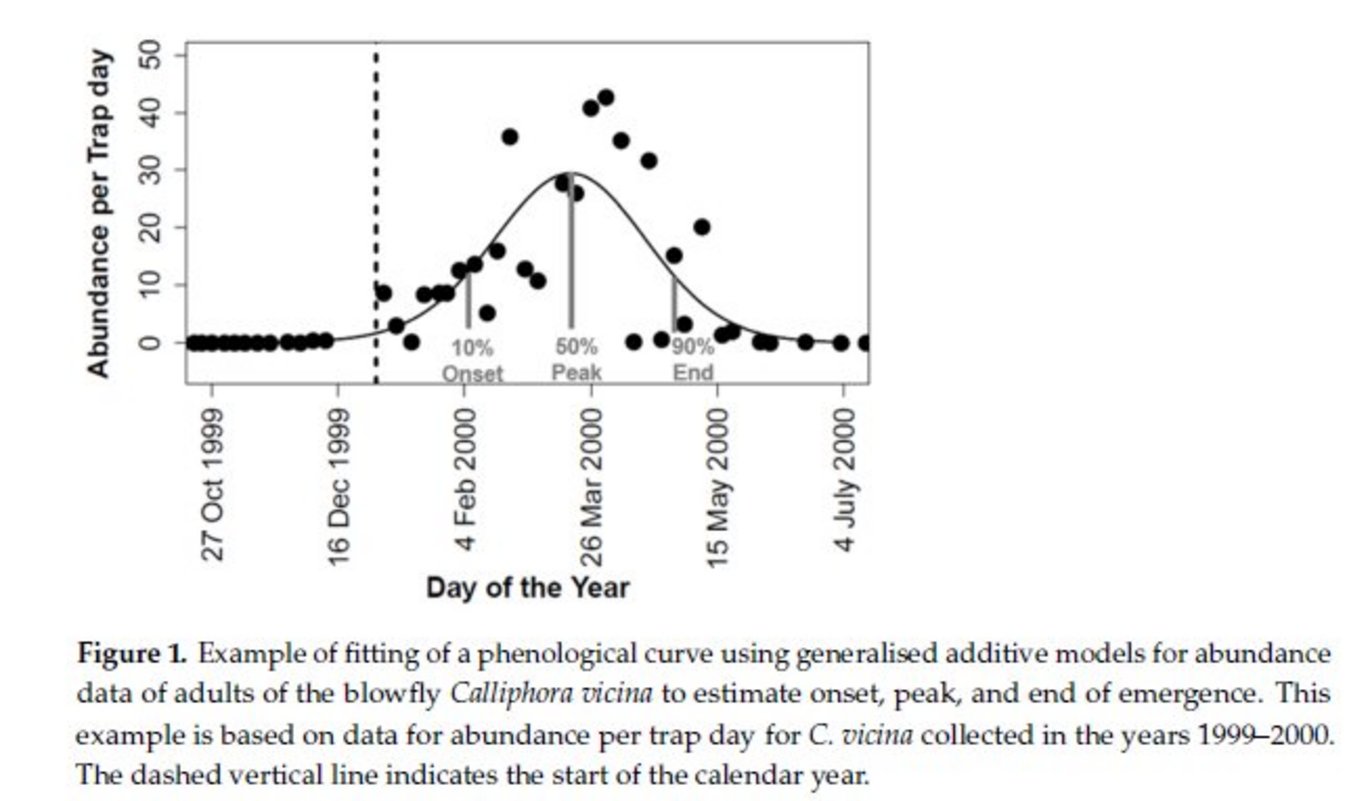Climate Change Helps Polar Invasives Establish and Flourish: Evidence from Long-Term Monitoring of the Blowfly Calliphora vicina
New publication by Ella Z. Daly, Hannah Sørine Gerlich, Yves Frenot, Toke T. Høye, Martin Holmstrup and David Renault

Abstract:
The isolated sub-Antarctic islands are of major ecological interest because of their unique species diversity and long history of limited human disturbance. However, since the presence of Europeans, these islands and their sensitive biota have been under increasing pressure due to human activity and associated biological invasions. In such delicate ecosystems, biological invasions are an exceptional threat that may be further amplified by climate change. We examined the invasion trajectory of the blowfly Calliphora vicina (Robineau-Desvoidy 1830). First introduced in the sub-Antarctic Kerguelen Islands in the 1970s, it is thought to have persisted only in sheltered microclimates for several decades. Here, we show that, in recent decades, C. vicina has been able to establish itself more widely. We combine experimental thermal developmental data with long-term ecological and meteorological monitoring to address whether warming conditions help explain its current
success and dynamics in the eastern Kerguelen Islands. We found that warming temperatures and accumulated degree days could explain the species’ phenological and long-term invasion dynamics, indicating that climate change has likely assisted its establishment. This study represents a unique long-term view of a polar invader and stresses the rapidly increasing susceptibility of cold regions to invasion under climate change.
